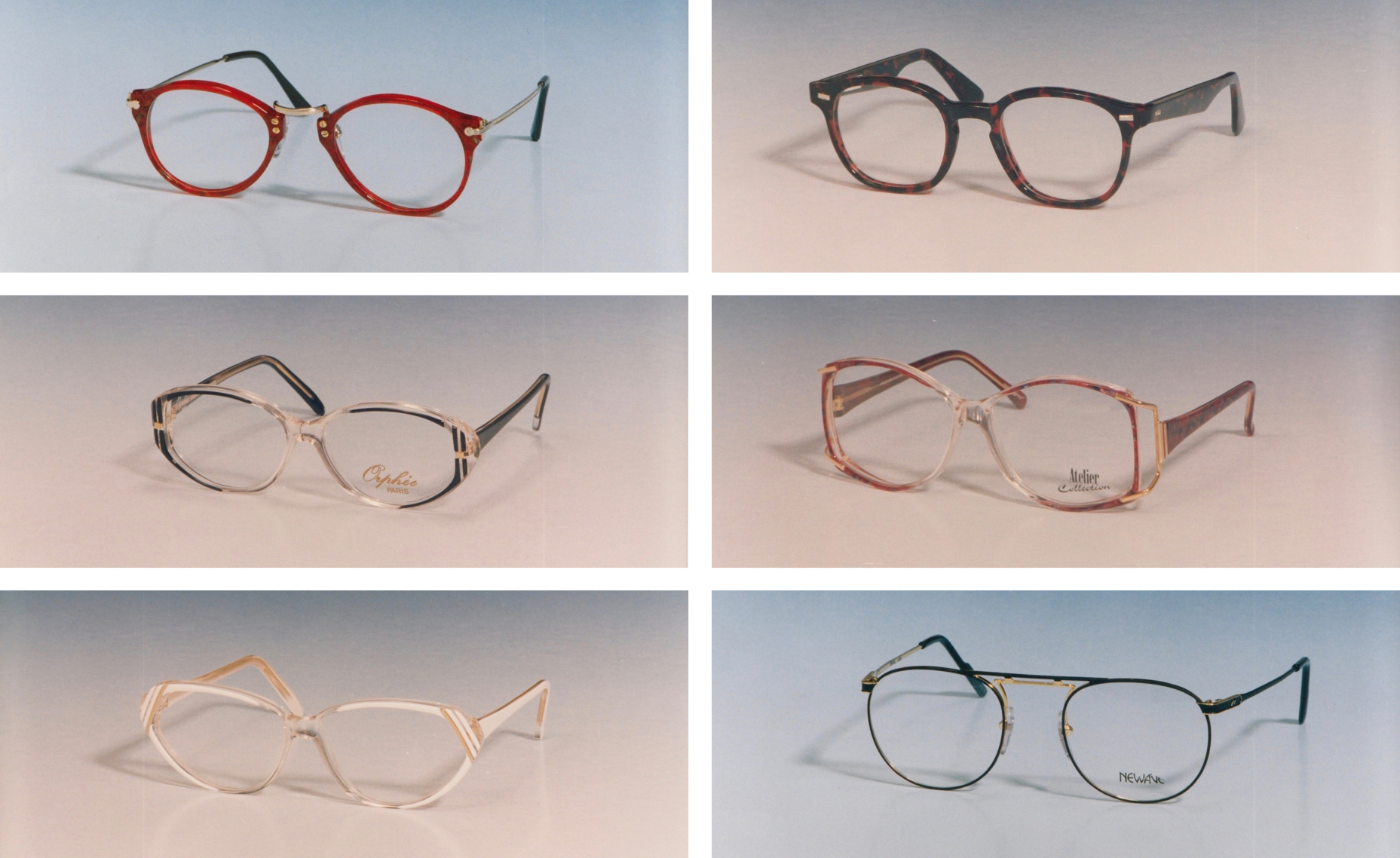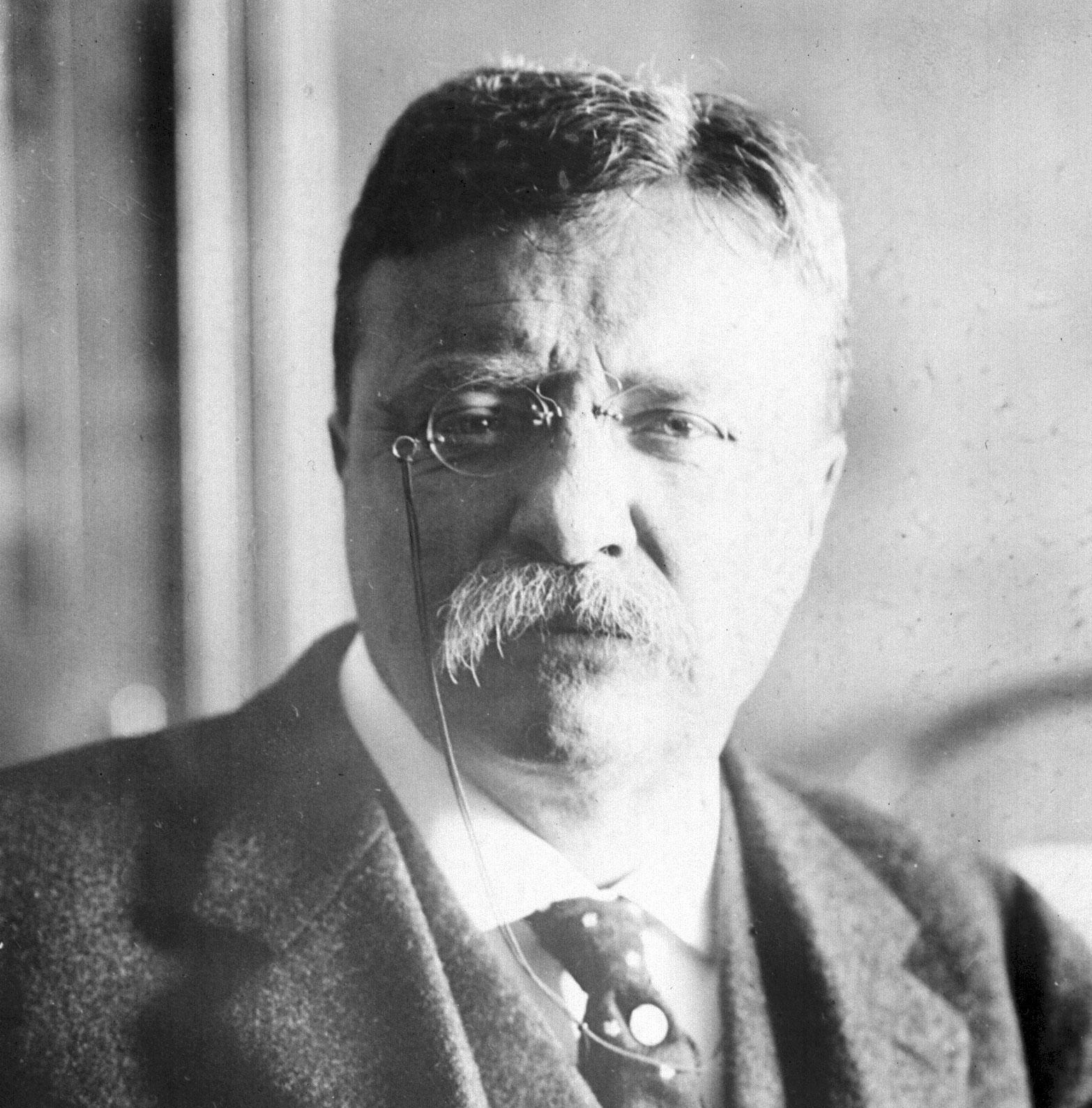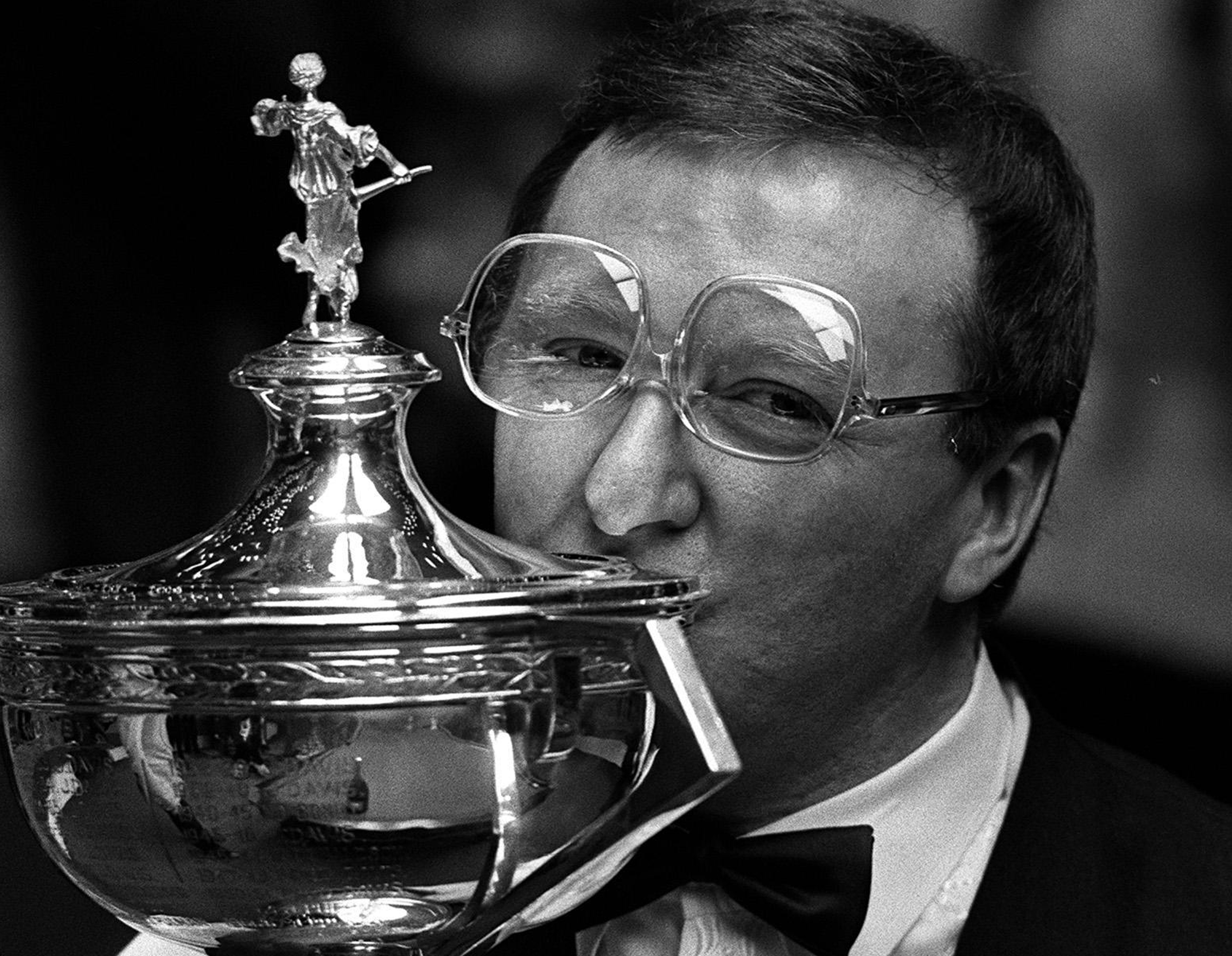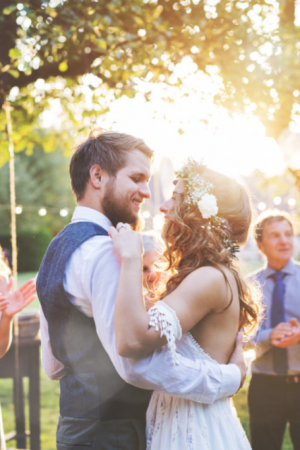Specs In Focus: A Nostalgic Look Back At How Glasses Became A Centrepiece Of Style
From the clearly short-sighted to the positively visionary, we look back at the history of spectacles
27 January 2019

All Credits: PA
Glasses occupy a strange spot in the annals of fashion – because technically you either require them or you don’t and style needn’t come into it.
But fortunately for those who us who cannot see without them, they have evolved into something sleek, smart and surprisingly trend-setting.
So, don your reading glasses as we explore the intriguingly opaque origins of the ordinary spectacles, and track their journey from schoolboy’s nightmare to must-have accessory.
Shrouded In Mystery
Perhaps ironically, the early history of spectacles is so murky that it’s impossible to get a clear picture.
We don’t know who invented them, and instead we have a long list of candidates who might have – but didn’t. It wasn’t Benjamin Franklin, who invented bifocals some 400 years after the first eyeglasses. Nor was it 14th century Florentine Salvino D’Armati, despite an epitaph on his tomb erroneously claiming that it was so.

Many and varied models from Specsavers’ Eighties collection (Specsavers/PA)
It wasn’t Franciscan friar Roger Bacon, who wrote a thesis on the theory of lenses in 1266, nor Arabian mathematician Alhazen who authored a similarly prescient treatise some two-and-a-half centuries earlier. Nor was it dark age Vikings, who shaped ‘lenses’ from naturally occurring rock crystal – almost certainly decorative only.
Most scholars now agree that glasses originated in Northern Italy, and our best guess is 13th century. In 1305, Giordano da Rivalto, a friar from Pisa, delivered a sermon praising man’s ingenuity with the line: ‘It is not 20 years since there was found the art of making spectacles’. That’s about as far as our knowledge goes, so make of that what you will.
Fit For Purpose
At the turn of the century glasses were still overwhelmingly concerned with utility, like Alfred Lord Tennyson’s monocle or President Theodore Roosevelt’s pince-nez.
They were so unfashionable that some men and women preferred to use ‘lorgnettes’ – frames that were held up to the eyes with a handle, so you only had to wear them when absolutely necessary.

Surprisingly dainty lenses for such a famously enormous man (PA)
“The idea that glasses could be a fashion accessory really started in the 1920s and 1930s,” says Bianca Sarre, style spokesperson for Specsavers, “when spectacle makers started experimenting with different materials.”
Glasses were knocking on the fashion world’s door – with small, rounded models sporting gold and tortoiseshell patterning – but even by World War Two they hadn’t made it. Through the 1930s and 40s spectacles on the silver screen were often there to telegraph that an otherwise attractive female actress was supposed to be frumpy and plain.
Though a regular trope in Hitchcock, the best example comes from 1946 Humphrey Bogart classic, The Big Sleep. Dorothy Malone plays a bespectacled bookstore clerk attempting to seduce Bogart’s protagonist: “Do you have to, um”, Bogart says, gesturing to her glasses, and then as she takes them off, “oh hell-o.”
What Buddy Holly did for men, Marilyn Monroe did for women. In her 1953 movie How To Marry A Millionaire, Monroe plays a bespectacled would-be-wed convinced that: “Men aren’t attentive to girls who wear glasses.” A love interest later requests that she put on her glasses, and confirms that, actually, she looks rather better with them on. Monroe herself owned and regularly wore a pair of cat-eye specs, lending glasses long overdue sex appeal.
“Both these styles,” says Sarre, “are still very popular today.”
Along came the seventies, and with it yet more varieties. Lynda Carter’s Wonder Woman owned a pair of lenses the size of dinner plates, while Malcolm X favoured austere-looking browlines. Andy Warhol’s alternative white rims added artistic credibility, while Elton John debuted a succession of bright, colourful models that grew in popularity as he did.
Unfortunately, anything part of the fashion world is subject to its whims, and the 1980s saw hair, jeans and glasses expand to near-planetary size and take on hallucinogenic colour palettes.
Eighties frames are not remembered with universal fondness, and had their peak in the 1985 World Snooker final. Watched by 18.5 million people – still a record for BBC2 and for a post-midnight audience – 36-year-old Dennis Taylor defeated Steve Davis sporting elephantine frames with prism-like lenses, which, due to a low bridge and temples, initially appeared upside down. Love or loathe it, it was an iconic moment in eyewear.

A victorious Dennis Taylor sporting his trademark glasses, which – we assure you – are the right way up (PA)
The Rise And Rise Of Retro
The 1950s brought social acceptability, the 1960s brought style, the 1970s size and the 1980s silliness. The decade of the throwback, the 1990s brought pretty much the whole lot.
Noel Gallagher’s circular miniatures channelled John Lennon; the so-called ‘nineties nerd’ brought back geek chic; and Kurt Cobain’s omnipresent grunge came with ‘alien shades’ that put Elton John to shame. There were a few innovations – the rise of rimless models astride the noses of Silicon Valley – but the nineties was the decade that embraced a return to what came before.
“Glasses have come full circle,” says Sarre, “and many of the specs you’ll see in stores today will have been inspired by previous fashion trends.”
Perhaps no other product epitomises the meeting of function and fashion quite like a modern pair of glasses. You can now have 20/20 vision and be effortlessly on trend.

















